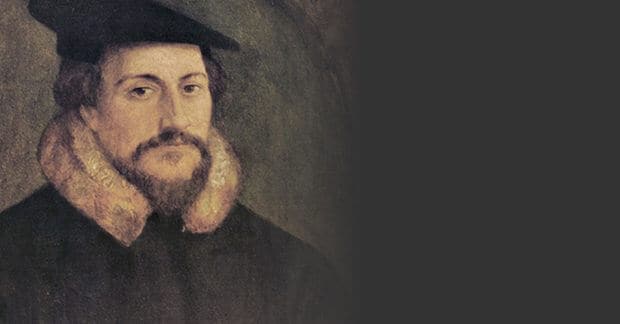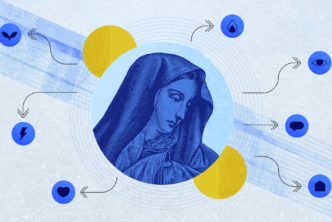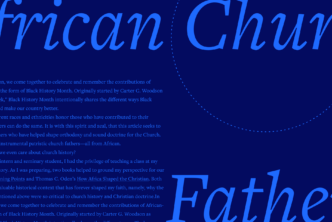Here are five facts about the esteemed author and theologian John Calvin you may not know.
1. Calvin’s health suffered
He was in constant pain: “headaches, insomnia, shortness of breath (probably due to advanced tuberculosis), coughing fits, hemorrhages, fevers, colitis, kidney stones, hemorrhoids,” according to Alexandre Ganoczy, and “bleeding from the stomach, fever, muscle cramps, nephritis, and gout” to name just a few. Calvin was more than a preacher and theologian—he was a pastor, too. He knew what it meant to suffer, and his writings bear this out.
2. John Calvin and Ignatius of Loyola were classmates at the University of Paris
Why is this interesting? Because Ignatius of Loyola founded the Society of Jesus—more commonly known as the Jesuits. The Jesuits were the driving force behind the Roman Catholic Counter-Reformation. It’s not much of an exaggeration to say that, as the Reformation unfolded, no group opposed Calvin and his successors more than the Jesuits.
3. Calvin rewrote his most famous work several times
“Calvin continued to revise and supplement the Institutes throughout his life, writing five Latin editions and four French translations. The final Latin edition of 1559 was almost five times as long as the original version. This is the edition upon which all of the common English translations have been based. Despite all this added material the final edition of the Institutes does not stray from the heart of the earlier editions. This progression shows how Calvin devoted his whole life to exploring the depths of the basic truths of the faith which had moved him so powerfully as a young man. With his man revisions to the Calvin supplemented and refined the practical, pastoral book he first composed as a young man.”
4. Calvin was deeply influenced by Augustine
Some have claimed that Augustine was the first Calvinist! B.B. Warfield wrote:
“The system of doctrine taught by Calvin is just the Augustinianism common to the whole body of the Reformers—for the Reformation was, as from the spiritual point of view a great revival of religion, so from the theological point of view a great revival of Augustinianism.”
Spurgeon wrote:
“Perhaps Calvin himself derived it [Calvinism] mainly from the writings of Augustine.”
Calvin himself wrote:
“Augustine is so wholly with me, that if I wished to write a confession of my faith, I could do so with all fullness and satisfaction to myself out of his writings.”
The data are pretty interesting, too. In the 1536 edition of the Institutes of the Christian Religion, Calvin quotes Augustine 24 times. By the 1559 edition, he quotes Augustine 400 times. Here’s just a snapshot:
- 68 citations about the sacraments
- 54 citations about the church
- 34 citations about God’s will
- 34 citations about sin
- 28 citations about grace
- 17 citations about predestination
5. Nobody knows where Calvin is buried
Calvin wanted no veneration after he died. He didn’t want pilgrims to travel to Geneva to find his grave. In fact, even today it’s difficult to find many monuments to his life at all. James Rigney has written that “unlike other reformers. . . Calvin is represented in Geneva only by traces and shadows and by the diffused voice of his writings.” Hugh Y. Reyburn wrote in 1914 that “The spot where he was laid is now uncertain. . . . But he needs no stone. His indestructible memorial is his works.”
***
To dig into Calvin’s works, get the largest collection of John Calvin material in the English-speaking world.





